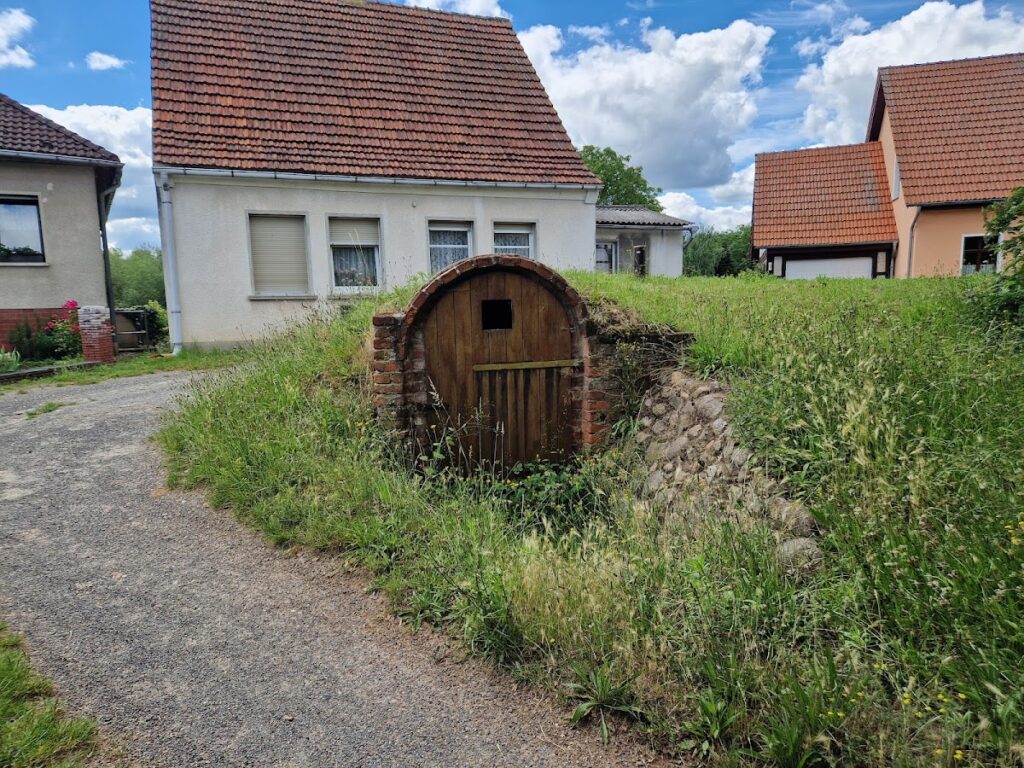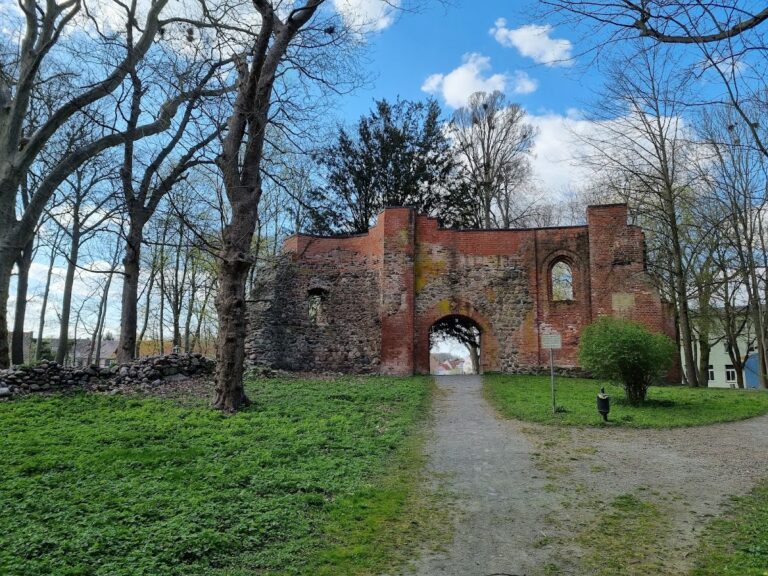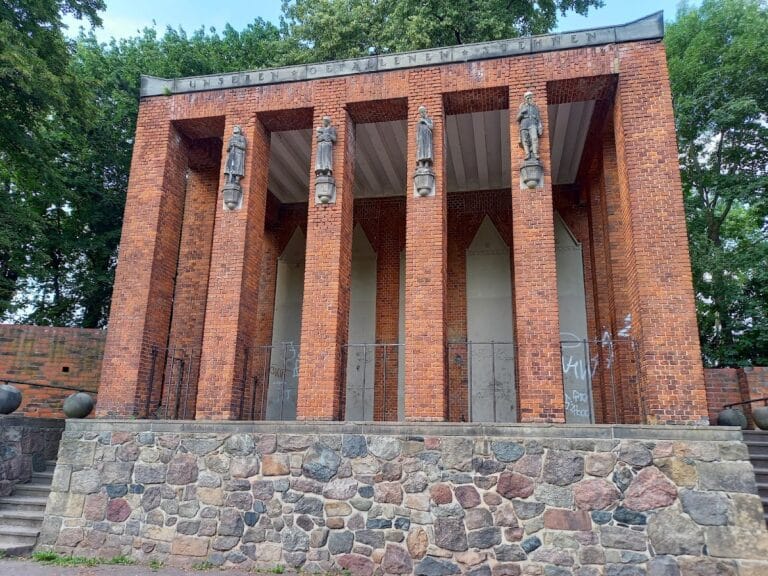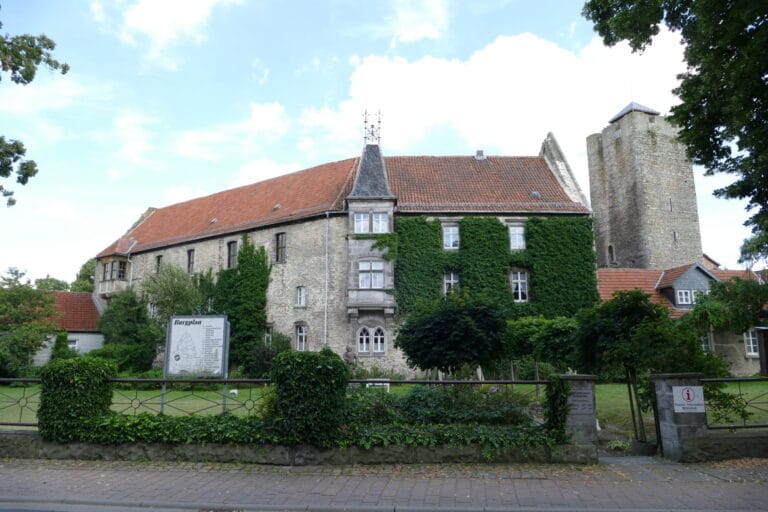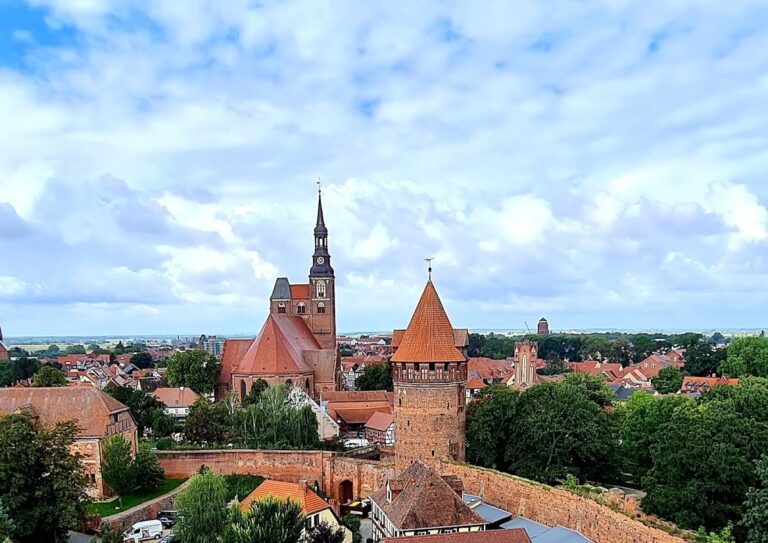Kalbe Castle: A Medieval Water Fortress in Germany
Visitor Information
Google Rating: 4.3
Popularity: Low
Google Maps: View on Google Maps
Official Website: stadt-kalbe-milde.de
Country: Germany
Civilization: Unclassified
Remains: Military
History
Kalbe Castle, originally known as Calbe, is located in the municipality of Kalbe (Milde) in modern-day Germany. This fortress was established during the 10th century by the Saxons as a border stronghold designed to defend against the Wends, a Slavic people who inhabited the surrounding marshlands. The site likely replaced an earlier Slavic earthwork, reflecting the region’s complex cultural and military history.
In its early centuries, the castle served as a key military and administrative center within the Altmark region. It was one of four principal fortress wards, alongside Tangermünde, Osterburg, and Arneburg. These fortifications played a central role in overseeing judicial and military affairs in the area, which had been colonized by Frankish settlers and served as a base for missionary activities. A nunnery, established under the castle’s protection, operated nearby until 1121 but had been destroyed earlier in 983 during an attack by the Obotrites, a Slavic tribe closely related to the Wends.
The noble von Kalben family first appears in records from 1207, serving in administrative roles linked to the castle. The site’s strategic importance was reaffirmed during the Teltow and Magdeburg wars in June 1240, when Margrave Johann I of Brandenburg besieged and destroyed Kalbe following the flight of the wounded Archbishop Wilbrand of Magdeburg to the fortress after a military defeat.
In the 14th century, ownership passed to the von Kröcher family around 1300. After the Brandenburg Askanian dynasty ended, control of the Altmark shifted to the Welf dynasty, who in 1324 granted the castle and its lordship to the von Alvensleben family, having bought the estate from the Kröch ers. The Alvenslebens undertook a major rebuilding effort, transforming the ruined castle into the largest fortress in the Altmark. They reinforced its defenses by creating an intricate system of dams and moats fed by the Milde River, effectively turning the Calbe Werder and its neighboring villages into a fortified island surrounded by layered protective works.
This expanded fortress supported sizeable military units and maintained its supplies through secured farmlands, pasture, mills, and nearby villages. Its formidable defensive layout made it susceptible only to a large-scale siege operation. Until the reforms of the early 19th century under Prussian administration, Kalbe and the nearby town of Bismark functioned as mediatized judicial districts governed by the castle lords, with the Alvensleben family holding property rights in some 73 villages through the 18th century. The lordship was managed as a condominium among different branches of the family, who selected a joint commander to oversee the fortress.
The last recorded renovation of the castle dates to 1479. However, the Thirty Years’ War brought significant damage in 1631, when attacking forces dismantled its walls and ramparts, leading to the site’s decline into ruin. Despite the loss of its military role, the lordship survived and in 1795 came fully under the ownership of the Alvensleben family based at Neugattersleben Castle. By 1584, the castle’s outline still dominated the landscape of the Calbe Werder, which measures about 360 meters across. Efforts to conserve what remained began in the early 20th century when the Alvensleben family initiated restoration work to prevent further decay. After the expropriation of the Alvenslebens in 1945, the castle site became a protected monument.
Remains
Kalbe Castle was constructed as a water fortress, uniquely situated on an island within the swampy terrain of the Calbe Werder, formed by branching arms of the Milde River. Its layout measured roughly 360 meters in diameter, encompassing a complex arrangement of defensive features that expertly combined natural marshland with artificial fortifications. The castle’s protection relied heavily on three concentric moats and four outer baileys—enclosed courtyards surrounded by earthworks—which together created multiple defensive rings difficult to penetrate.
To form the fortified island, the castle’s builders engineered extensive dams and redirected water from the Milde River into newly excavated moats. This integration of waterworks and fortifications highlighted advanced medieval military engineering, using the surrounding wetlands as a natural barrier that enhanced the castle’s security.
Surviving structures include portions of the residential quarters, the chapel, and the gatehouse, all of which have been stabilized and preserved following restoration efforts around the early 20th century. These remain in situ, offering insight into the functional spaces within the fortress. The chapel hints at the castle’s religious connections, while the gatehouse would have served as the primary point of controlled access, critical for defense and administration. The residential buildings suggest a sizeable domestic area adapted to support both the noble lords and their retinue.
The earthworks and water defenses remain visible in the landscape, standing as major archaeological evidence of the site’s historical importance. Their scale and complexity demonstrate how Kalbe Castle was designed to withstand prolonged sieges, allowing defenders to rely on both natural and constructed elements to maintain control. The nearby villages and farmland, part of the castle’s lordship, played a vital role in sustaining the fortress during these defensive operations.
Today, the remains of Kalbe Castle provide a clear trace of a once-powerful fortress that skillfully used its watery environment for protection, embodying a distinct form of medieval fortification adapted to the marshy borderlands where it was established.




